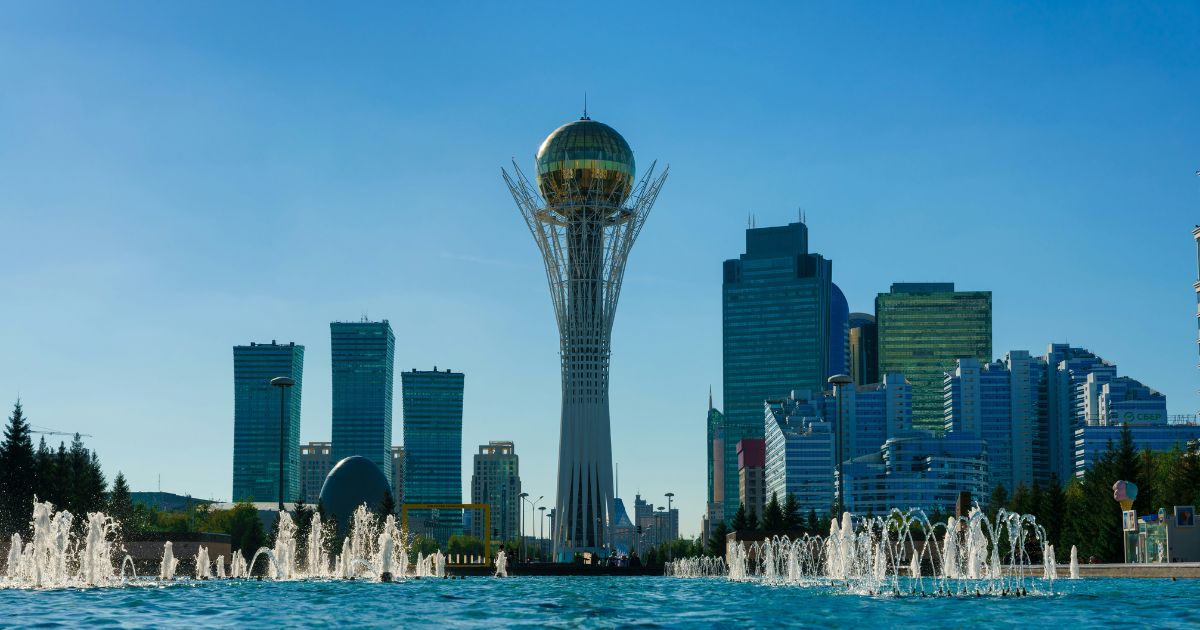An illegal gold rush has stripped 140,000 hectares of rain forest in the Peruvian Amazon and is gathering pace as foreign, armed groups move into the region to make fortunes from record high gold prices, a report says.
Approximately 540 square miles of land have been deforested for mining in the South American nation since 1984, and the environmental devastation is spreading quickly throughout the nation. Monitoring of the Andean Amazon Project (MAAP) and its Peruvian partner organisation, Conservación Amazónica, discovered.
It is also polluting its waterways. Dredges – floating machines that grind up and spit out river bottoms – are employed by illegal miners to leave behind the poisonous mercury used to separate gold from sediment.
Ultra-high resolution aerial photography enabled MAAP, a unit of Amazon Conservation, to detect dredges in addition to deforestation for the first time, so they could detect goldminers and discover that the environmental crisis previously relegated to the south of the nation was spreading north.
“We used to only see it in the Madre de Dios region, but now we’re seeing it everywhere”, said MAAP’s director, Matt Finer. The price of gold topped $4,000 for the first time this week on the international markets as global anxiety increased about financial fragility. Indigenous groups have sounded the alarm that as the price of gold soars, armed groups are increasingly tearing down their forests and poisoning their rivers in pursuit of the precious metal.
MAAP’s aerial photos illustrate how dense expanses of green jungle are being converted into barren moonscapes of gray earth dotted with stagnant green pools of water.
“This little square is just a tiny sample,” Finer indicates, touching a small portion of the immense red mosaic of deforestation covered in the report. “Imagine this scaled up to 140,000 hectares.
The mercury residues accumulate in fish and are transferred to the consumers of them, resulting in neurological and developmental impairments like birth defects and learning disabilities.
A survey of riverine communities along Peru’s northernmost Loreto region recently discovered that the median concentration of mercury was close to four times the World Health Organization‘s suggested maximum.
MAAP’s research determined that 225 rivers and streams have been impacted by 989 dredges identified in Loreto since 2017 – 275 of them this year alone on the Nanay River, a tributary of the Amazon that is the lifeblood of ecosystems and dozens of Indigenous communities.
“They are poisoning our rivers – it’s the water that we drink,” said Roberto Tafur Shupingahua, a representative of several riverside communities in Loreto.
Shupingahua explained that local communities started obstructing miners from proceeding up the River Tigre in Loreto 40 days ago, which resulted in shootouts with armed invaders. “We have no option but to defend ourselves, but we are on our own. The state is invisible,” he exclaimed, his voice increasing in anger.
Mining is still focused in the southern Peruvian region of Madre de Dios, but new hotspots are occurring farther north in Loreto, Amazonas, Huánuco, Pasco, and Ucayali.
They are tiny, but once mining gets a foothold, it might rapidly spread, Finer explained, noting the report was a peek at what was occurring in the rest of the Amazon.
This is the first time we have been able to look in this level of detail at a country, but I believe in Brazil, Bolivia, and Colombia we are going to see exactly the same thing,” he said.
MAAP’s report indicated more dredges appearing on Peru’s jungle frontiers with Bolivia, Brazil, and Colombia.
With prices of gold exceeding $4,000 an ounce, foreign, armed militias are now moving in greater numbers across the border into Peru’s unpoliced jungles, where local officials are doing little to deter them, claims Bram Ebus, criminologist and consultant with the International Crisis Group.
Criminal organizations, such as Colombia’s Comandos de la Frontera and Brazil’s Comando Vermelho, are becoming active across the border.
“Organised crime networks smuggling cocaine and money laundering via illicit gold mining – now with record prices fetching fat profits – are matched with a state in Lima that has never been more than a nominal hindrance to organised crime,” said Ebus.
The Andean Group – an Andean community political bloc – instructed Peru on Tuesday to take illegal mining seriously or risk facing economic sanctions.
But Finer explained: “Gold is simply so lucrative at this point in time. I don’t see any indication of prices decreasing, so it’s likely to get worse before it gets better.”




